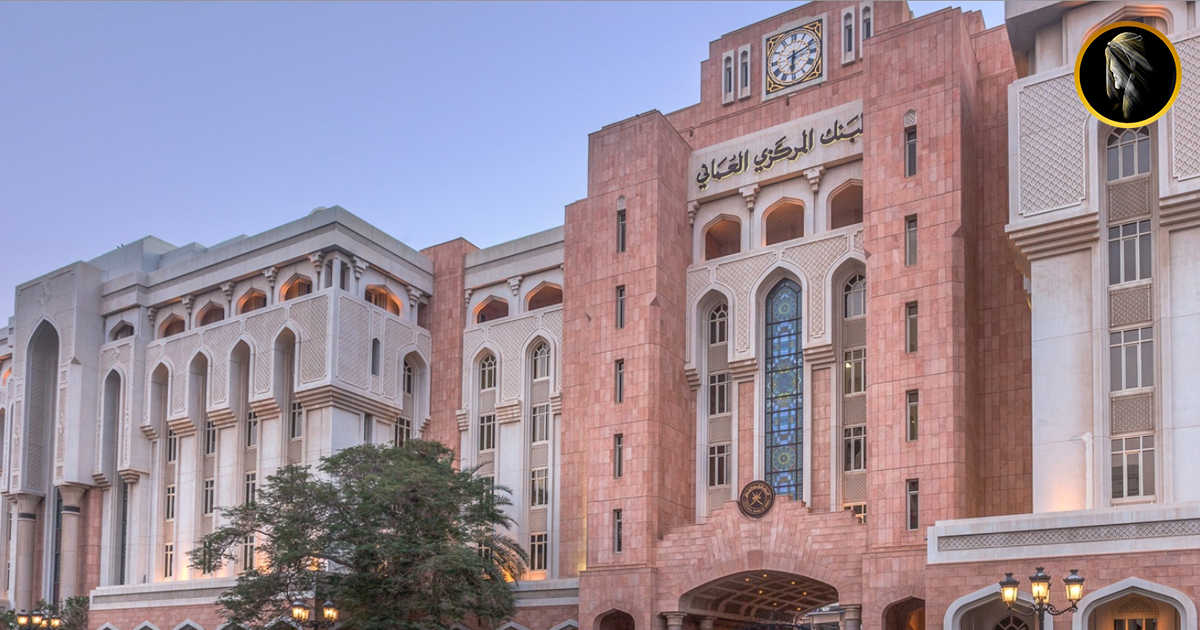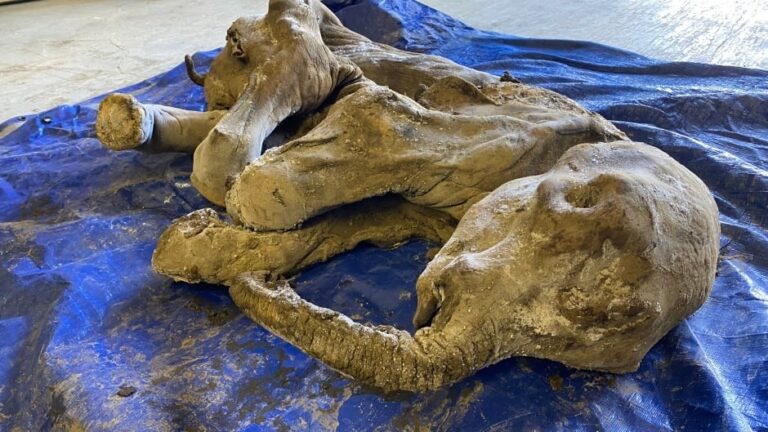The Central Bank of Oman took part in a research paper called “The Link Between Oman’s Economic Performance and the Need for Foreign Workers.” This paper was part of the third annual conference organized by the World Bank in Rabat, Morocco, for the Middle East and North Africa region.
Out of the 93 papers submitted from worldwide academic and official institutions, this research paper was selected as one of the 12 to be presented during the conference. It was highly appreciated by international experts in the field of economics.
This study aimed to examine how the performance of Oman’s economy relates to the demand for foreign workers. It looked at different factors like the country’s overall economic growth, which includes the Gross Domestic Product (GDP) of both the oil and non-oil sectors, and the number and types of foreign workers in the country.
The research showed that both skilled and unskilled foreign workers have a positive impact on Oman’s long-term GDP growth. In the short term, their effect was somewhat less positive, which could be because they need time to adapt to the country’s conditions. When the economy is doing well, there’s a higher demand for both skilled and unskilled foreign workers. The study also found a positive relationship between the non-oil GDP and the demand for foreign workers and a two-way relationship with unskilled workers.
The study recommended some important actions. First, it suggested that Oman should plan for its local workforce for the long term. This includes improving the skills of young people and providing better training programs, especially in vocational and technical fields. It also advised increasing women’s participation in the workforce and boosting the productivity of the private sector by investing in automation, modern technologies, and encouraging entrepreneurship.









